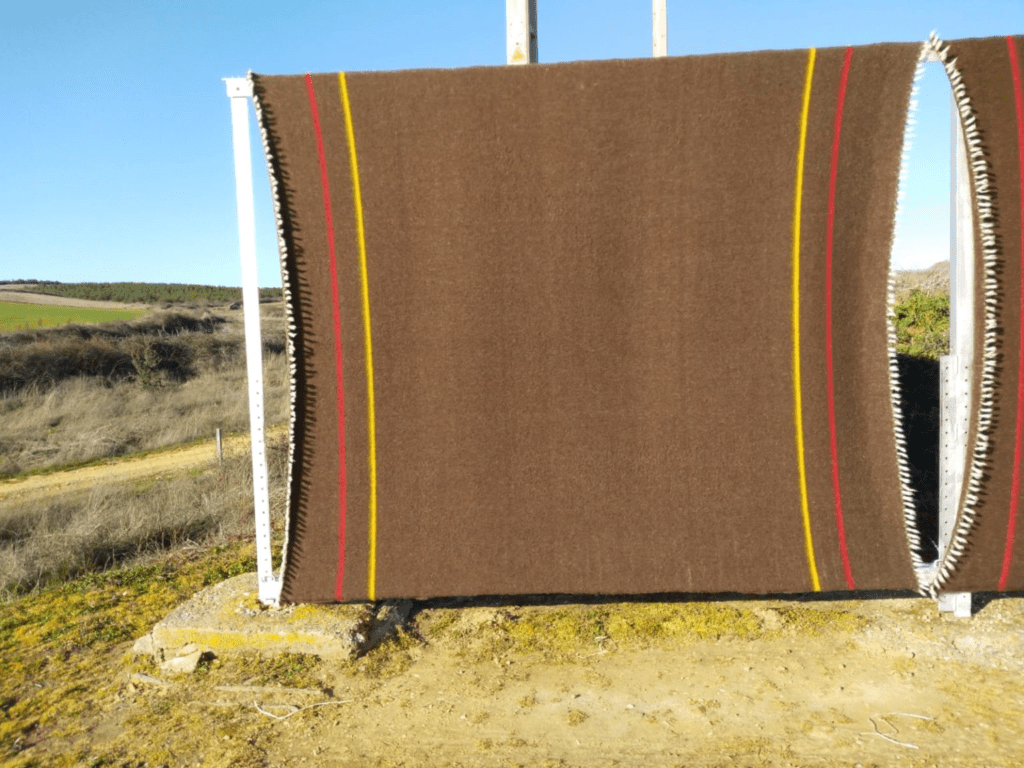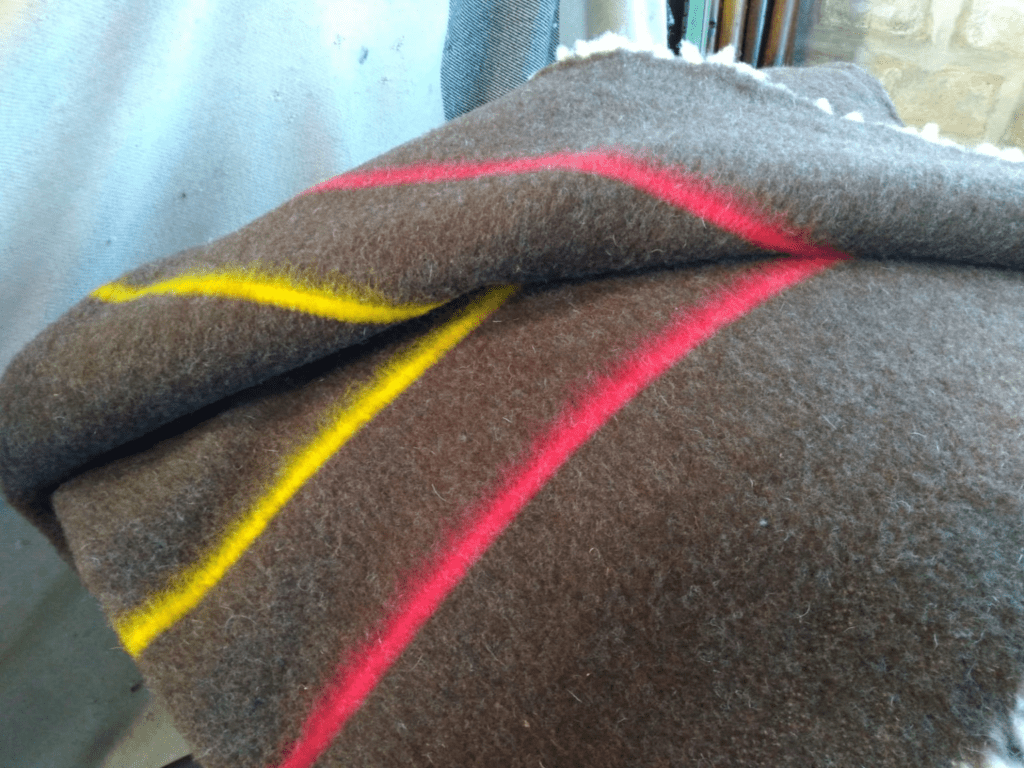The Val de San Lorenzo in northwest Spain is far off the beaten track of international tourism, but Europeans and North Americans are increasingly buying the village’s star product—thick wool blankets—whether they know it or not. The present energy crisis is only expected to increase the mini-boom for the industry, but the demographic bust threatens market gains.
Miguel Cordero is the director and owner of Paños de Lana, one of three or four remaining blanket makers in the village now reduced to 90 residents. In the last year, demand for his blankets has increased so much that he can barely keep up. Though he sells to Spanish buyers, he knows that most of his blankets end up warming the beds of non-Spaniards, exported to markets that are both appreciative of his product—artisanal-made blankets several centimetres thick with 100% virgin merino wool—and able to pay the higher price they naturally call for.

“Most of the demand comes from Northern Europe, America, and Canada,” he said. “People there are becoming aware of not depending on petroleum, and the advantages of natural fibres.”
Since time immemorial, wool textiles have been important for the region around the small town. Every household raised sheep and had equipment for transforming the wool into blankets perfectly suited to the cold nights of the arid mountain climate. At the beginning of the industrial revolution and into the twentieth century, the Val de San Lorenzo became the epicentre of a modern light wool blanket industry. Blankets left the town by the train load to supply the Spanish army and the emerging modern transportation industry. But globalisation and the invention of petroleum-based synthetic fabrics quickly sank the industry in the last decades of the past century. More cheaply mass-produced synthetic ‘polar’ and ‘nordic fleece’ blankets made in Asia undercut their brand and changed consumer habits.
The wool blankets of the Val de San Lorenzo became suited only for a niche market, one that is now growing.
“Many of my clients are from the ‘hippie’ world,” Cordero explains.
Thirty years ago, a group of northern Europeans, part of the international ‘hippie’ Rainbow movement, settled in the area, reinhabiting a couple of abandoned and semi-abandoned villages. Some of his best clients have come from this milieu. They put in orders for blankets that they then load into vans and take to Germany to sell. Another niche he knows his blankets reach is survival adventurists in the U.S. and Canada. Just as it protected shepherds and mule cart traders for centuries, merino wool coverings are perfect for making it through a cold night in the American or Canadian wilderness.
He suspects that as the energy crisis hits home when temperatures drop in the coming weeks, he will only see a further increase in demand.
But how long this mini-boom will last is an open question. Though demand is increasing, the industry is facing another crisis: will there be a next generation of artisan blanket makers?

Gaspar Castaño runs Falagan, another of the blanket factories in the Val de San Lorenzo, and has also seen his demand increase in the last 4 to 5 years, reaching markets in Spain, Europe, and North America. He is 71 and predicts that he will be the last generation to run the family business, which began in 1940. His own children have chosen careers and lives outside of the Val de San Lorenzo and his employees are few, all nearing retirement age. He plans to keep working as long as he is able and would also gladly teach any young person the trade and prepare him to take over the business, but no one seems interested.
“It’s not a business to become rich,” we warn, “But it offers a means to raise a family and enjoy great quality of life working 6 to 7 hours a day.”
Hopefully, it won’t be another missed economic opportunity for Spain and Europe.






